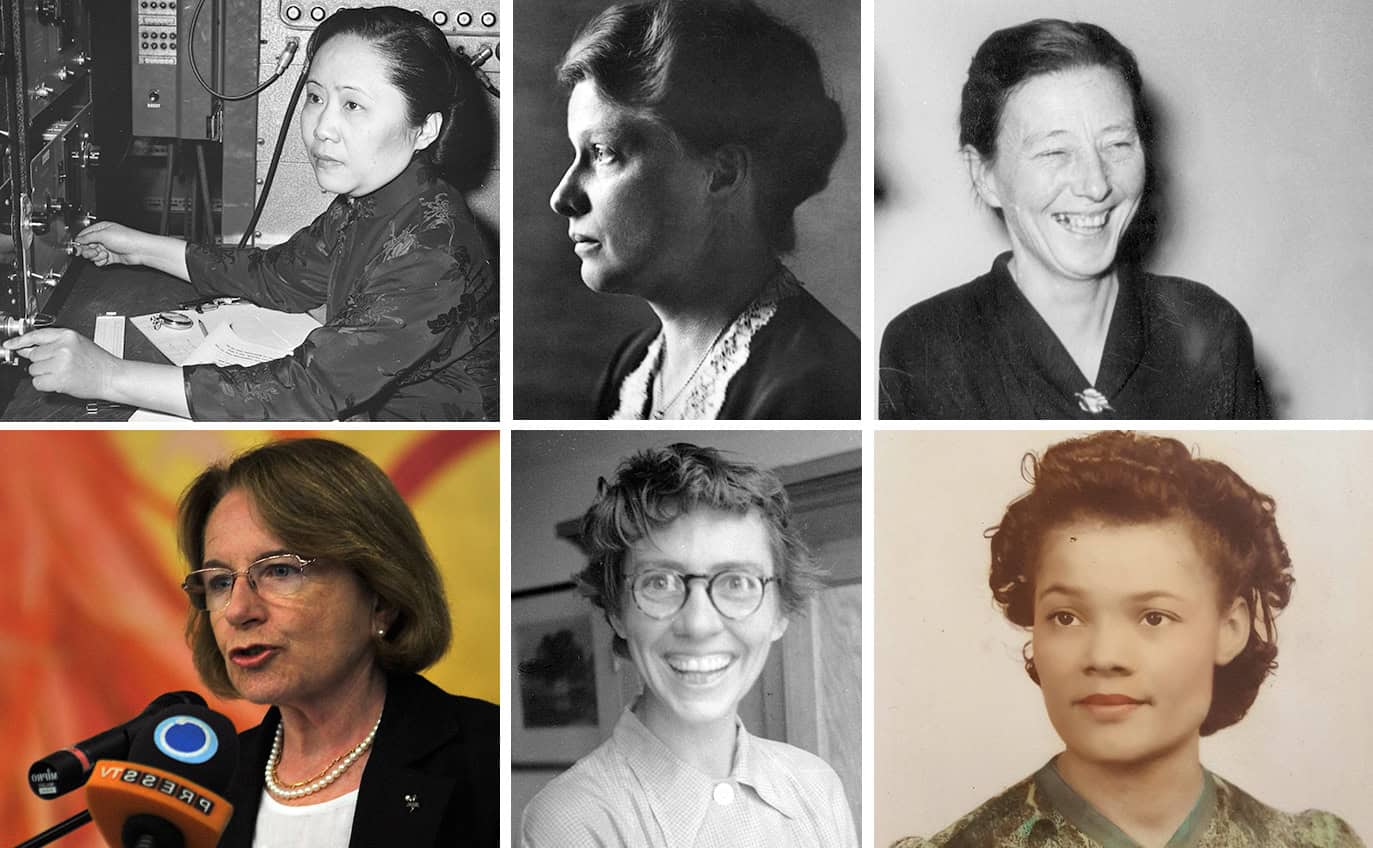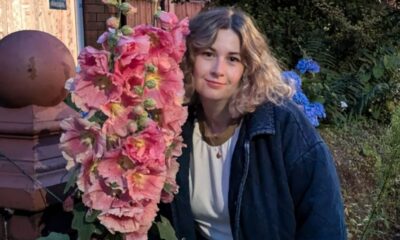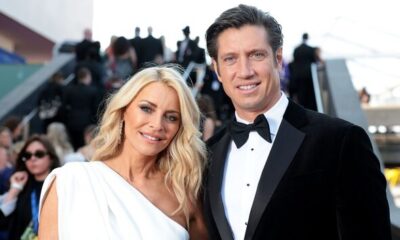Science
Celebrating Women’s Impact in Quantum Physics Through New Anthology

A new anthology titled Women in the History of Quantum Physics: Beyond Knabenphysik highlights the significant yet often overlooked contributions of women in the field of quantum physics. Edited by Patrick Charbonneau, Michelle Frank, Margriet van der Heijden, and Daniela Monaldi, this collection aims to document the vital roles women have played in shaping quantum theory, challenging established narratives that have historically marginalized their contributions.
This volume asserts that women have been integral to the growth and development of quantum physics, showcasing figures such as Chien-Shiung Wu and Grete Hermann. Wu’s early work on photon entanglement is often overshadowed by her later achievements in nuclear physics, while Hermann’s critiques of prominent physicists like John von Neumann and Werner Heisenberg position her as a key player in early quantum theory. The anthology raises an important question: does focusing on women’s contributions risk confining them to a specialized narrative? The editors argue that it does not, and the book serves as a powerful reminder of the ongoing need for diversity and equality in science.
Moving Beyond a Male-Dominated Narrative
The subtitle of the anthology, Beyond Knabenphysik, translates to “boys’ physics” in German, reflecting a historical perception of quantum physics as a male-dominated field. The term “Knabenphysik” originally denoted the youth of its pioneers but has come to symbolize exclusionary practices that have sidelined women. For instance, Hendrika Johanna van Leeuwen, who co-developed key theories in classical magnetism, was overlooked in favor of her male contemporaries. Similarly, Laura Chalk’s research into the Stark effect was often overshadowed by her male collaborator, highlighting the persistent disparities in recognition.
The anthology artfully intertwines the history of science with biographical accounts, providing insights into the careers of these women while situating them within broader scientific developments. For example, the chapter dedicated to Hertha Sponer chronicles her personal journey alongside her pioneering work in quantum spectroscopy. Another chapter on Freda Friedman Salzman places her theoretical contributions within the social and professional networks that both supported and constrained her.
Throughout the book, readers encounter women like Maria McEachern, who revisits historical spectral work, and Sonja Ashauer, a Brazilian physicist whose contributions remain largely unrecognized despite her significant achievements.
Rethinking Credit and Contributions in Physics
The anthology encourages a broader reflection on the nature of credit and collaboration in physics. Many discoveries in quantum physics may have emerged more rapidly if not for the barriers and biases faced by women and other marginalized groups. The stories of women such as Carolyn Parker, recognized as the first African American woman to earn a postgraduate degree in physics, reveal the intersectionality of race and gender in the scientific community. Parker’s work on the Manhattan Project remains underappreciated, as she died young without achieving full recognition.
The anthology critiques the notion of a “leaky pipeline” in science, which oversimplifies the complex realities of women’s contributions. It emphasizes that investments in women’s education and careers often lead to significant advancements both within and outside formal science. Notably, Ana María Cetto Kramis played a foundational role in stochastic electrodynamics while also engaging in science diplomacy and advocacy.
The editors argue that inclusive histories must acknowledge all contributors while also highlighting the unique experiences of women in science. Quantum physics offers a distinct context, and recognizing women’s roles within this field serves as an essential lesson. The anthology ultimately challenges the traditional heroic narrative of science, revealing that the field’s achievements are often the result of collective efforts rather than the work of isolated geniuses.
By presenting these historical accounts side by side, the book illustrates that the contributions of women in quantum physics are not only significant but also necessary for understanding the field’s evolution. The compelling narratives within this anthology bring to light the importance of recognizing diverse voices in science, a vital step towards achieving true equity and representation.
-

 Entertainment2 weeks ago
Entertainment2 weeks agoAndrew Pierce Confirms Departure from ITV’s Good Morning Britain
-

 Health4 months ago
Health4 months agoNeurologist Warns Excessive Use of Supplements Can Harm Brain
-

 Health4 months ago
Health4 months agoFiona Phillips’ Husband Shares Heartfelt Update on Her Alzheimer’s Journey
-

 Science2 months ago
Science2 months agoBrian Cox Addresses Claims of Alien Probe in 3I/ATLAS Discovery
-

 Science2 months ago
Science2 months agoNASA Investigates Unusual Comet 3I/ATLAS; New Findings Emerge
-

 Entertainment1 week ago
Entertainment1 week agoGogglebox Star Helena Worthington Announces Break After Loss
-

 Entertainment1 month ago
Entertainment1 month agoTess Daly Honoured with MBE, Announces Departure from Strictly
-

 Science2 months ago
Science2 months agoScientists Examine 3I/ATLAS: Alien Artifact or Cosmic Oddity?
-

 Entertainment3 months ago
Entertainment3 months agoLewis Cope Addresses Accusations of Dance Training Advantage
-

 Entertainment5 months ago
Entertainment5 months agoKerry Katona Discusses Future Baby Plans and Brian McFadden’s Wedding
-

 Science2 months ago
Science2 months agoNASA Investigates Speedy Object 3I/ATLAS, Sparking Speculation
-

 Entertainment5 months ago
Entertainment5 months agoEmmerdale Faces Tension as Dylan and April’s Lives Hang in the Balance









